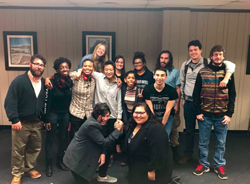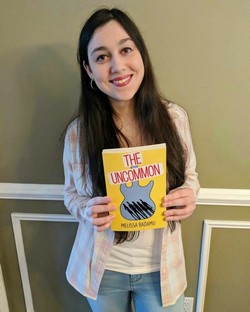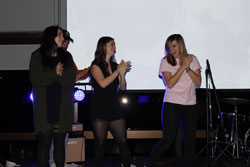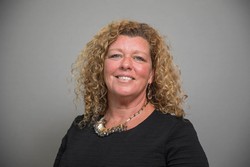In an essay titled, “Towards a Revolutionary Pedagogy,” bell hooks, a renowned author and social activist, proposes the idea of creating a revolutionary feminist pedagogy, or in other words, a method of inclusive teaching in the educational environment. By not supporting the neutrality of ideas and by treating knowledge as a transaction between the teacher and the student, education will be able to move away from an oppressive structure.
In order for or students to understand the definition of intersectionality, questions were posed on how a student’s race, gender, sexuality, socio-economic class, and other factors contribute to how they fit within a society.
This type of intersectional education should be a place where there’s a push and pull; a place of thinking where there is a sense of struggle, questioning and discomfort.
Students should be engaging in theory and practice while the professor works with the student to break away from parochial perspectives. Teachers have the power to enrich their students, provide and lead them through discussion and encourage them to discover their own voice in order to feel empowered.
By bringing the words “gender” and “inclusive” into a classroom in which students are able to respond and parse the material effectively requires a methodology different from just teaching the content alone. To teach content that encompasses these two, the professor and student are required to work together and find an outlet that is both engaging and efficient.
Corey Wrenn, Ph.D., Director of the Gender Studies Program said that she attempts to make sure the course content was properly diverse. She also noted how she would send out an email before the first class asking students for preferred names or pronouns so they wouldn’t be addressed incorrectly.
Further, in her Gender Studies class, Wrenn assigns a project that exposes students to compose their own type of activism. By letting students present on personal experiences that weren’t covered in the course content becomes a way to practice this type of critical thinking. However, looking at several students, they’ve experienced some varying experiences.
Alexa Haris, a sophomore fine arts student said, “I have this literature class and the professor had us do introductions; but when you say your name, also include your pronouns. She was the first professor who did that, and this is my fourth semester here.”
While Jesse Lee, a sophomore social work student said, “As for gender inclusivity, the [social work field] is kind of lacking. It’s either not mentioned, or when it’s mentioned, it’s never really bought up again.”
Sasha Canan, Ph.D., assistant professor of sexuality and health studies comments on how even in health research methods, she uses real research as examples. “The demographic sections of those articles almost always includes Trans individuals, so I just drop the term in here-and-there like it is normal, because it is,” she said.
“When discussing pregnancy, I say ‘If a person goes into labor…’ instead of ‘If a woman goes into labor…’” Canan said. She also mentions how measures are taken to use neutral terms such as ‘person’ or ‘human’ when describing procedures ubiquitously known to be either male or female.
Cisgender, [a person who identifies with their birth sex] students are going to be working in a world where gender variation is becoming more recognized,” Canan said.
She feels a responsibility as an educator to help prepare students to work in diverse environments and understand a type of inclusive jargon.
In order to turn this inclusive jargon into everyday conversation, it’s especially important to smoothly incorporate these issues into course content to insure that all students are included in the critical conversation.
PHOTO COURTESY of Jane Lai




